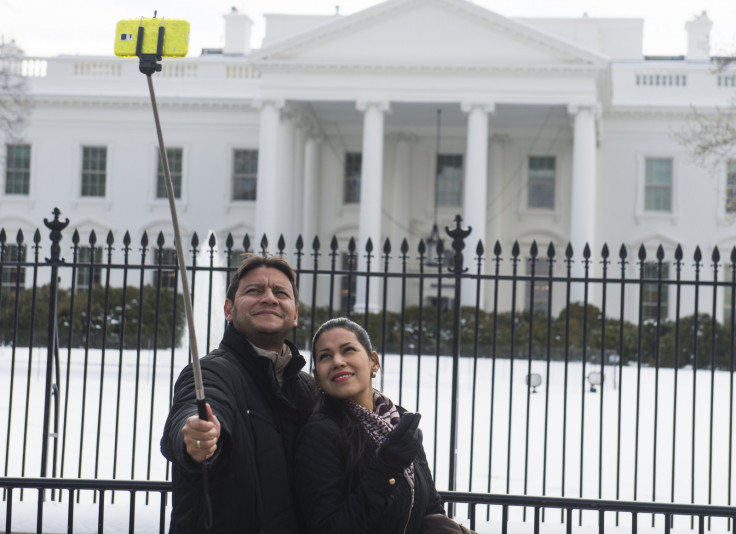France: Versailles Palace is latest institution to ban selfie sticks

The Palace of Versailles is the latest institution to ban selfie sticks, following in the footsteps of an increasing number of tourist attractions and museums.
Although the ban has not yet been officialised, the restriction has already been in force "for some days".
The Palace's guards now require visitors to leave their selfie sticks - telescopic arms for smartphone used for taking group photos with a wider angle thanks a remote control - in their bags, according to Le Monde.
The selfie stick, whose invention dates back to 2005 with a patent filed by a Canadian, first gained popularity in Asia.
'Preventive measures'
This is a decision more and more museums are choosing as they face the overwhelming success of the tourist item.
This week, Washington's Smithsonian, the largest research and museums group in the world attracting more than 28 million visits last year, banned the fashionable photography aid in an official announced on its website on social networks.
It justified the ban as a "preventative measure to protect visitors and collections, especially when there is a large influx of visitors".
Similar restrictions have been enforced at museums and galleries in the US in recent months including New York's Metropolitan Museum of Art and Modern Museum of Art, the Getty Center in Los Angeles and the Cleveland Museum of Art.
The sticks have also been banned from major European football games and music venues such as London's O2 and Wembley Arena.
Most European art institutions, however, have yet to take action.
While Versailles is the first to impose a ban on its visitors - 80% of which are foreign - the Louvre in Paris and London's Tate Museums still permit them.
The Centre Pompidou said: "The phenomenon is taken into consideration, but no decision yet taken in the direction of a ban."
© Copyright IBTimes 2025. All rights reserved.




















